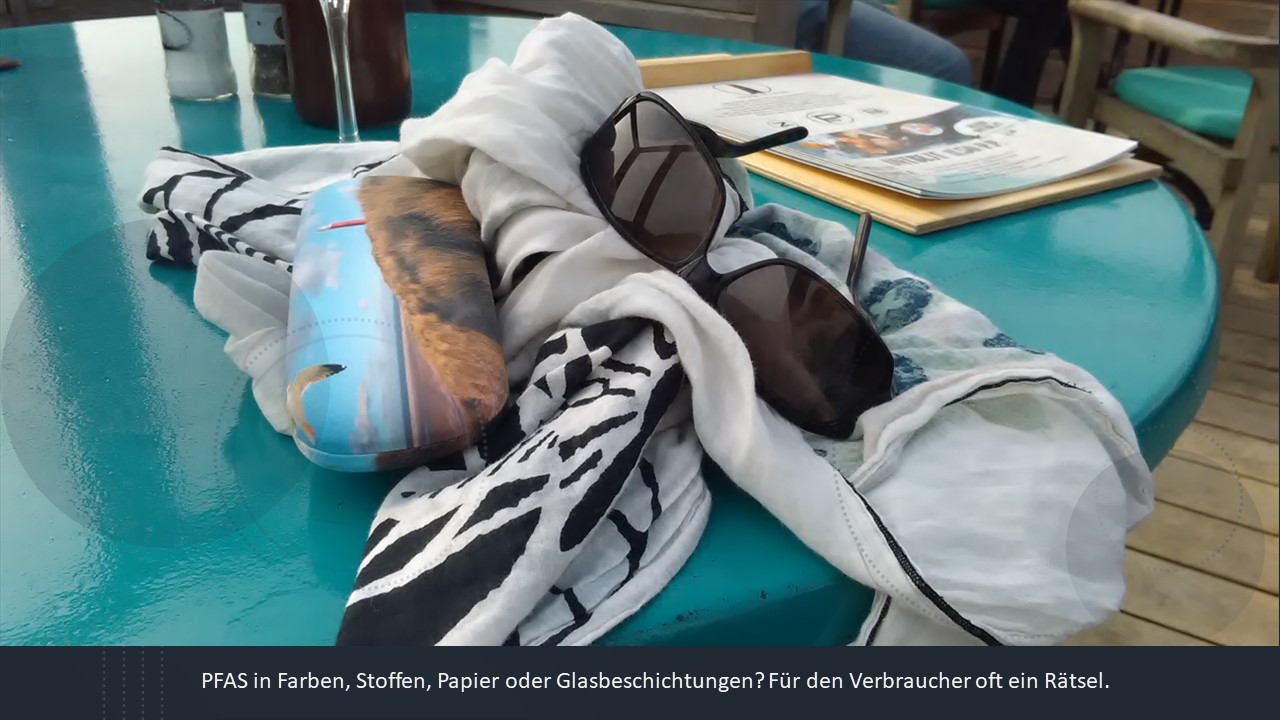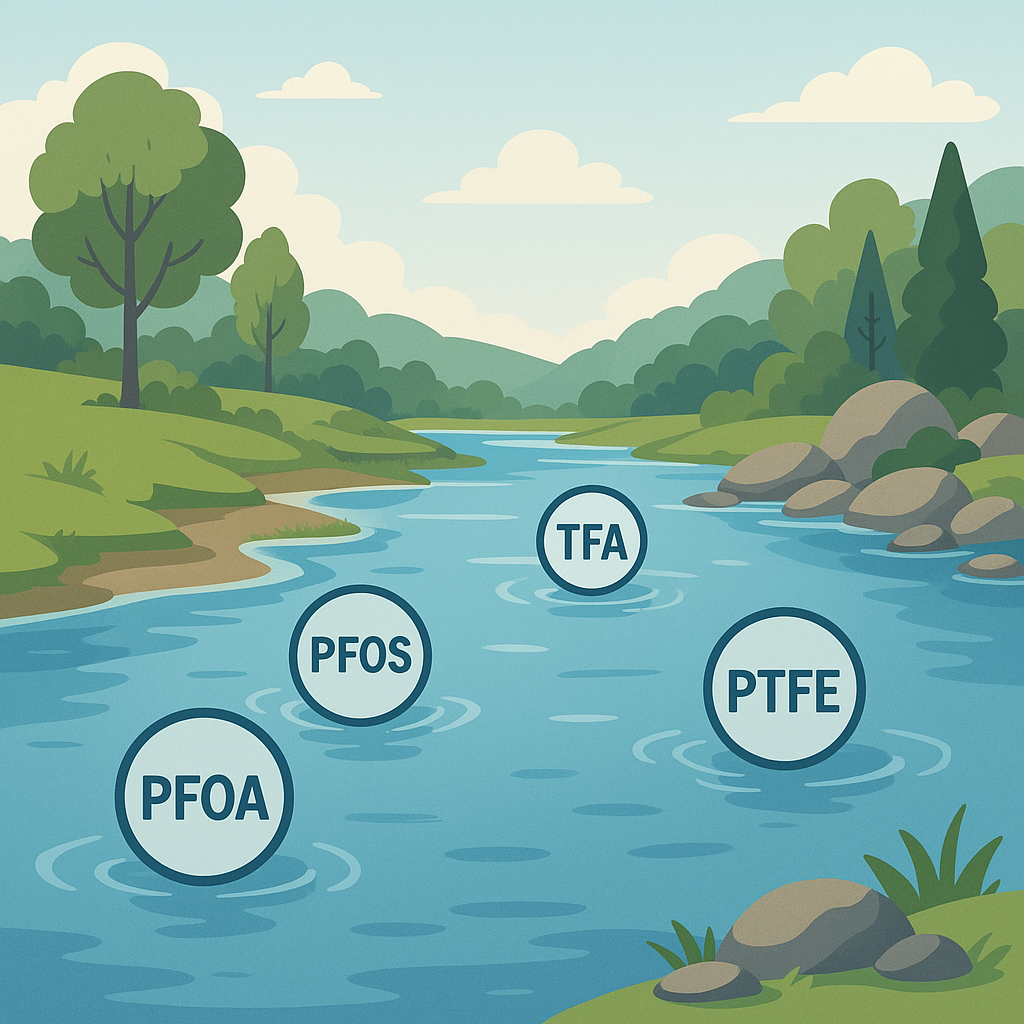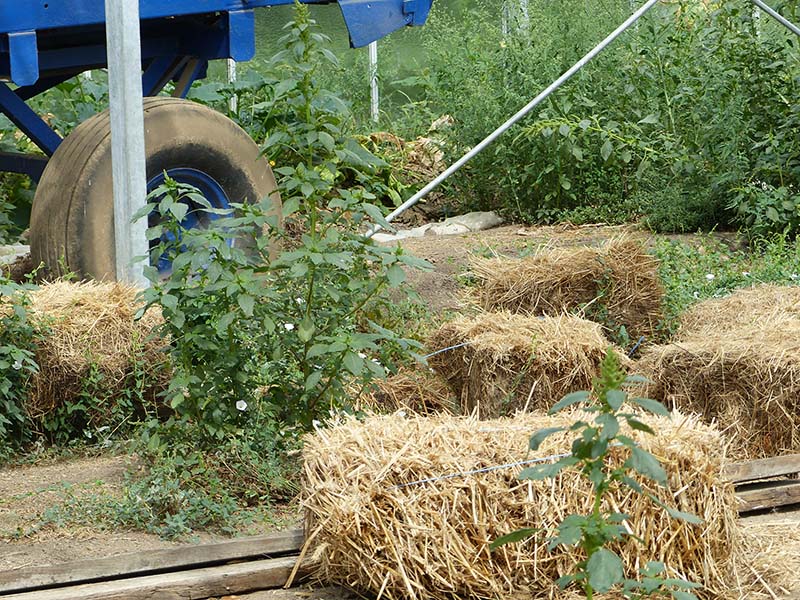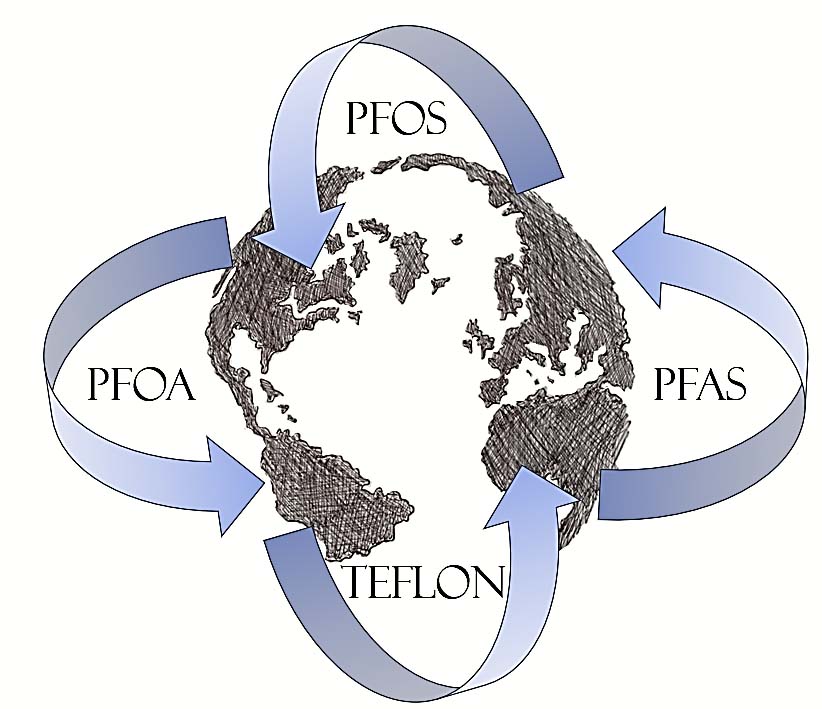More than 500 participants from 26 countries registered for this international UBA Conference „PFAS in soil – forever pollution, forever concern?" on March 25-26, 2025, in Berlin. I was one of them—unfortunately, only online. My expectations were high, and they were fully met.
Here is my personal point of view: I tried to keep it short, but that turned out to be difficult. You can either read everything or scroll straight to the end, where ChatGPT has summarized “his opinion” of the key points in two sentences. :)
March 25, 2025 – Day 1
🟢The Rastatt Case
The very first presentation by Christoph Krakau from the Ministry of the Environment of Baden-Württemberg was familiar territory, as he introduced the audience to the Rastatt Case—the PFAS contamination in Central-Baden. Causes, consequences, and measures, complex soil investigations—much was said, and even more was not presented due to time constraints. (If you want to know more about PFAS in Middle Baden, feel free to ask me—I can talk about it for days without pause or time limit.)
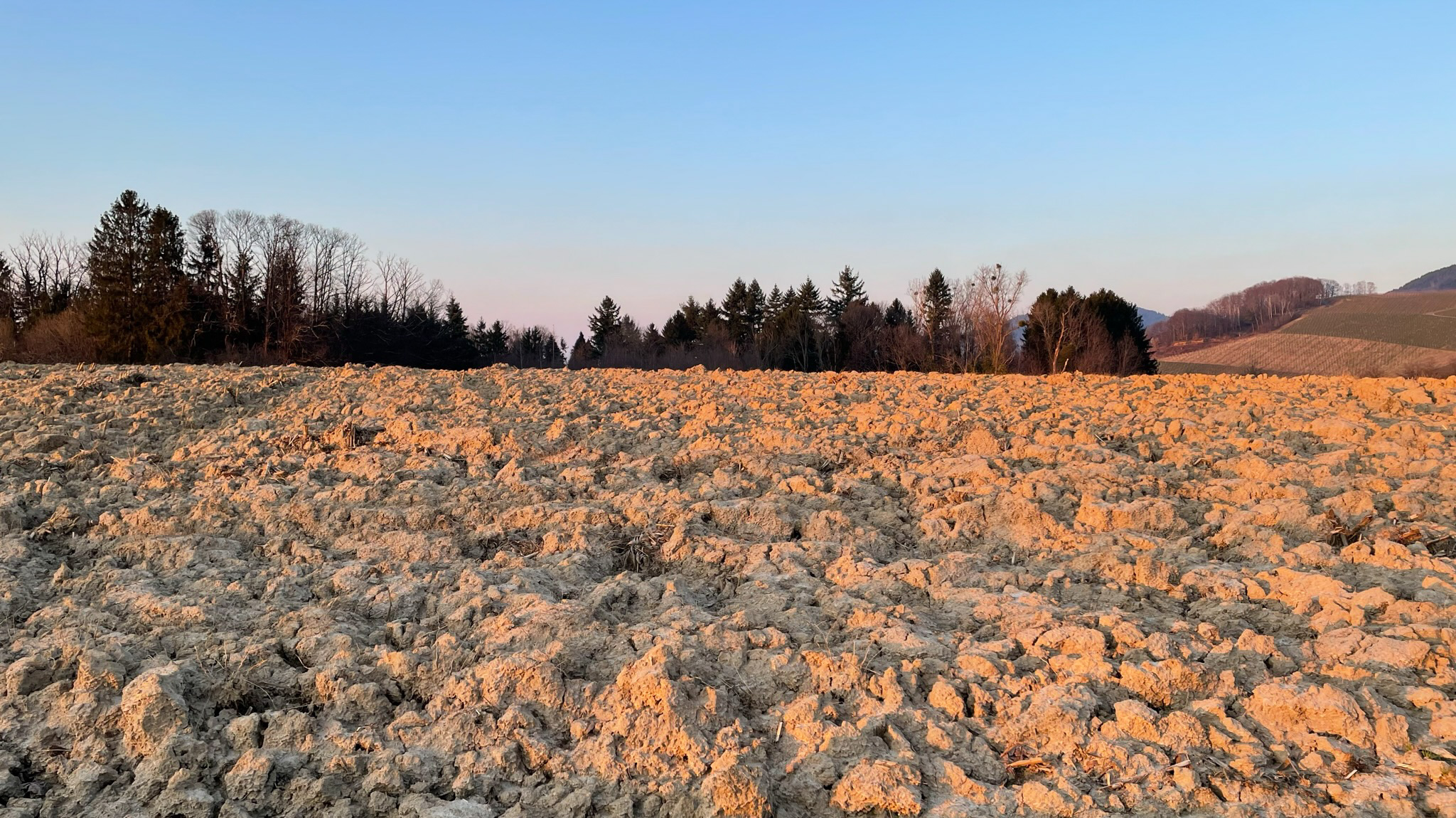
🐟 PFAS in Denmark – Fish, Cows, and Humans
After Germany, it was Denmark’s turn, and things were not much better there: PFAS in fish (“you love to fish but should not eat the fish”), in cows, and in humans. However, there was a possible silver lining: A test group showed that certain cholesterol-lowering drugs could reduce PFAS concentrations in blood. But this is only advisable, if at all, for specific target groups, such as women planning pregnancy. Many questions remain unanswered, and to my surprise, I learn that Denmark has a national PFAS task force.
🐗 PFAS in Wild Boars – A Unique Challenge
PFAS in wild boars—digging through the soil, whether PFAS-contaminated or not. Eating everything that might be contaminated. According to Jana Rupp, consuming just one portion of wild boar liver per year exceeds the TWI values. So, wild boar liver cannot be recommended, sorry. This reminds me of Austria, where hunters in the border region with Germany receive financial compensation from the Dyneon company in Bavaria because PFAS-contaminated wild boars cross the border and cannot be used on either side.
🇪🇺 PFAS in Other Countries – Sweden, France, and Switzerland
Further presentations gave insights into PFAS in Swedish drinking water, French laying hens and eggs, and the situation of farmers in Switzerland. “Twenty years ago, farmers used sewage sludge as fertilizer, and today some have to close their businesses due to contamination,” says Bettina Hitzfeld. But there is also good news: From January 1, 2025, the canton of St. Gallen will provide financial support for agricultural enterprises affected by PFAS contamination. A special fund of five million Swiss francs has been allocated for 2025-2028. Remarkable!
🧪 Challenges in PFAS Analysis
Then came the fundamental difficulties of PFAS analysis. What type of soil? How much? What drying method? What standards? What about new groundwater treatment methods? Scientists had to resolve many basic questions before they could produce analyses and results, which ultimately contributed to the UBA’s action guidelines. And the overarching question remains: Who will pay for all this? Who has that much money?
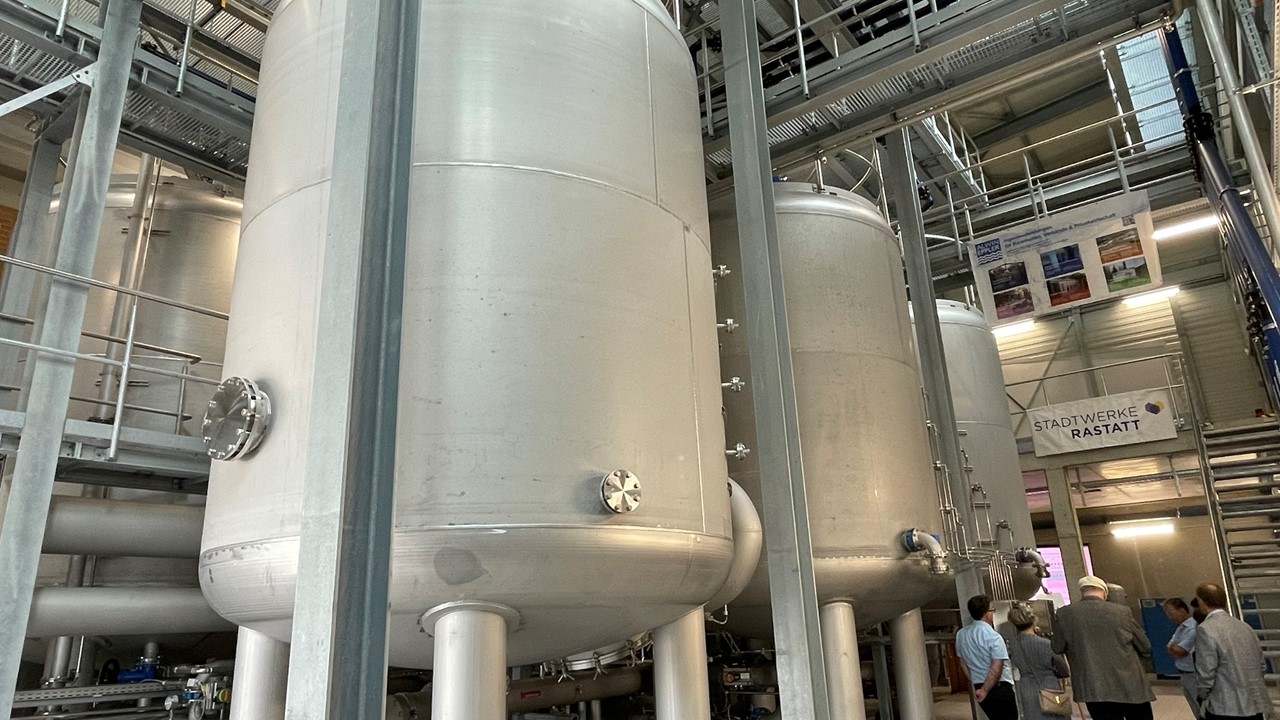
💧 The "Little TFA"
Finally, we were introduced to the "new star in the PFAS sky"—the little TFA, which comes with its own set of challenges. For instance, it is so small that it has now been detected worldwide in soil, water, and air. However, the new European Drinking Water Directive does not include TFA, as it was not classified as a PFAS at the time—things change quickly!
This concluded the first day of the workshop, with excellent presentations, slides, and a stable online connection. And strangely, I felt comforted: While Central-Baden faces severe PFAS contamination with undeniable consequences, we are definitely not alone.
March 26, 2025 – Day 2
📍 How Many PFAS Hotspots do we have in Europe?
Matthias Öberg from the Karolinska Institute starts by asking the central question: 'How many PFAS hotspots are there in Europe, how do you find them, and how difficult is it to draw conclusions about contaminated soil from contaminated drinking water? And why did it take so long to recognize PFAS as an environmental and health risk?' Well, I don’t know either, but maybe it would be helpful if politicians actually started asking themselves questions like these.
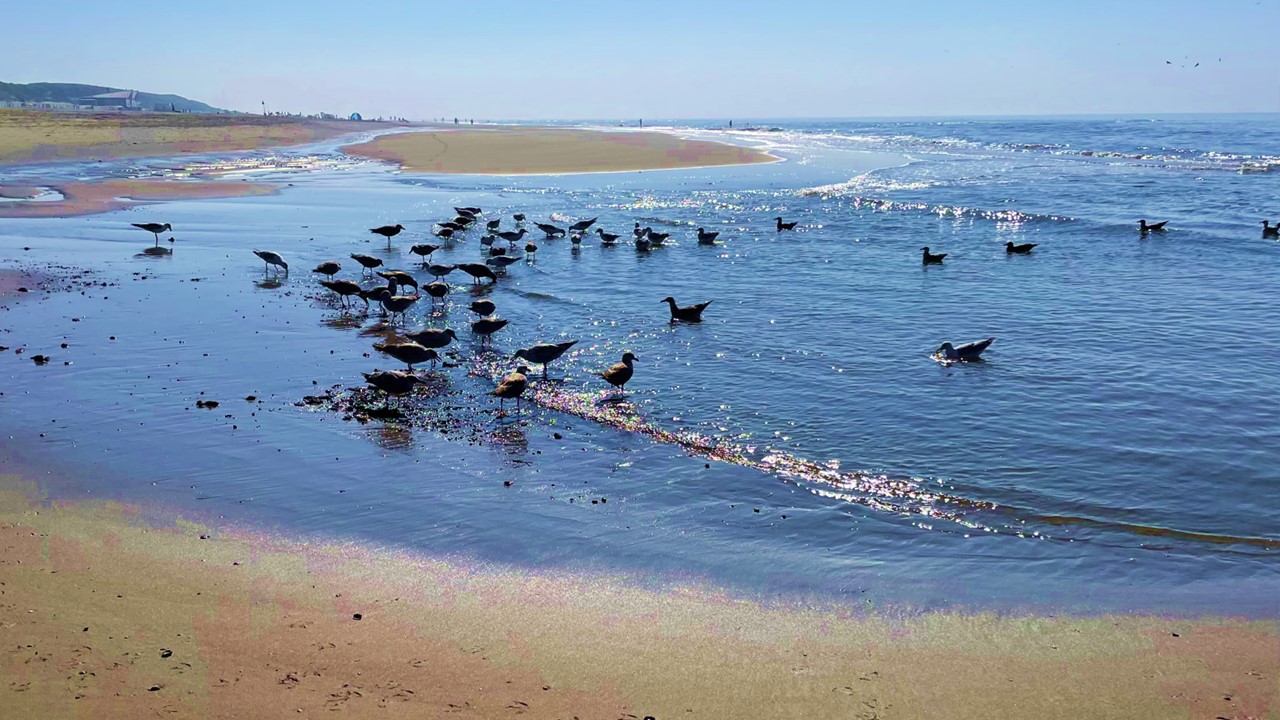
📰 Briefings from European Countries – "Everything is PFAS now"
🇧🇪 Belgium sees daily media reports on PFAS, says Johan Ceenaeme from OVAM. He references the official "PFAS website" of the Flemish government. Flanders has around 8,000 suspected PFAS sites, including two major ones in Zwijndrecht (3M) and Willebroek. All data are publicly accessible, with a newsletter and a dedicated website for Willebroek. “We have learned how crucial transparency is,” he emphasizes.
🇦🇹 Austria has a national PFAS Action Plan.
🇩🇰 Denmark has a national PFAS Agenda.
🇳🇱 The Netherlands is mapping PFAS hotspots nationwide, emphasizing 'transparency, accountability, and innovation.' However, it struggles with prioritization. Remediation is another challenge: when Dutch highways and dikes need restructuring, PFAS-contaminated soil could pose a problem.
🇬🇧 The UK has a PFAS screening program relying on "local intelligence"—expertise from the ground up.
🇫🇷 France has a national PFAS strategy and recently banned PFAS in some consumer products as of February 27, 2025—except for Teflon pans, which, under industry pressure, remain on the market. “Hey folks, we urgently need Teflon pans!”
Panel Discussion – "Time to Act Now!"
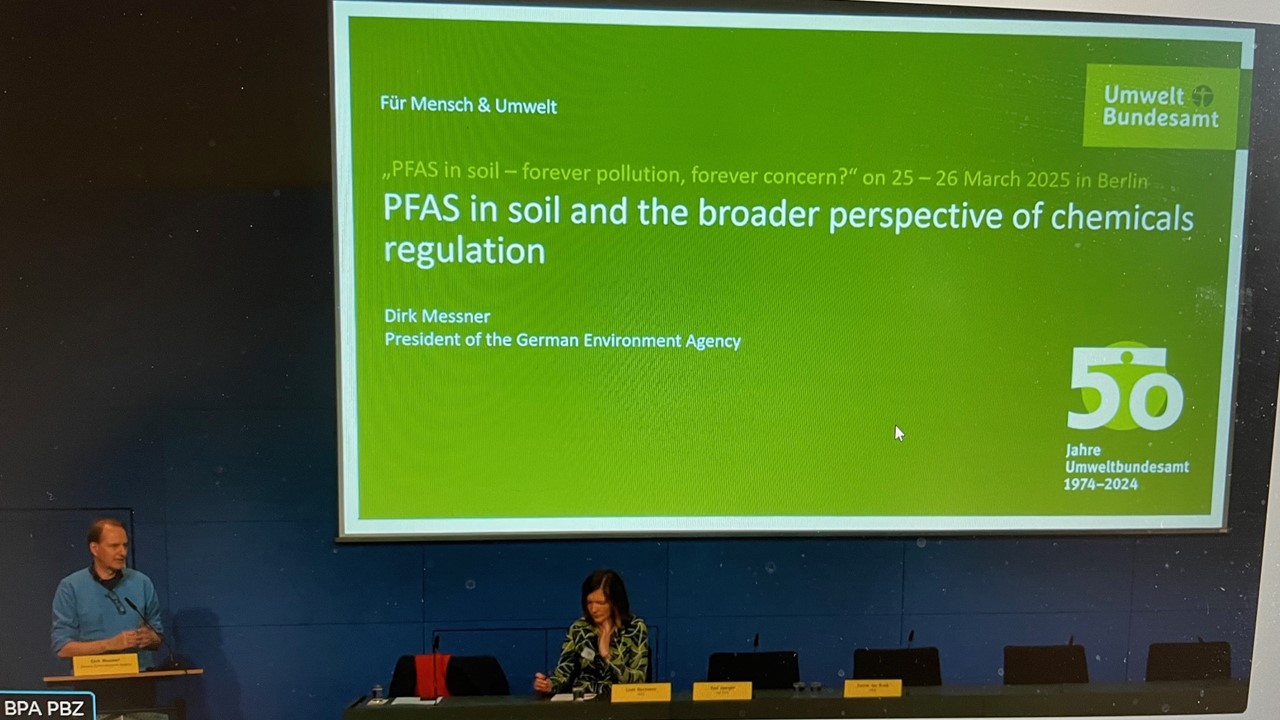
Even in the second part of the second day, the focus was no longer solely on scientific presentations but on implementation and the politics that should finally take action. What should be done with the many PFAS hotspots? The German Environment Agency (UBA) has taken 600 samples nationwide and found PFAS everywhere, says Dirk Messner, head of the German UBA. And not only in the soil—PFAS were also detected in the blood of young people. The two are connected: environment and health. The challenge is convincing people that PFAS-contaminated sites lead to PFAS in the bloodstream.
(Why am I suddenly thinking only of the Minister of Economic Affairs of Baden-Württemberg, who always talks about the consequences of PFAS restrictions for industry but forgets to mention that these chemicals will have severe environmental and health consequences—and costs—for everyone?)
Messner highlights another crucial issue: PFAS emissions occur at every stage of the life cycle, something the fluoropolymer industry tends to downplay. PFAS persist, so we must urgently reduce their production and use. Messner leaves no doubt: the transition to a "PFAS-free economy and society" is essential.
"Understand PFAS in soil and draw the right conclusions"—this could summarize the discussion paper presented by Thomas Frische from UBA. It is intended to serve as a foundation for a proposal to be submitted to policymakers. Share knowledge collaboration, extend knowledge and understand the soil-bound pathways, and combine this with political support—it sounds simple but is anything but.
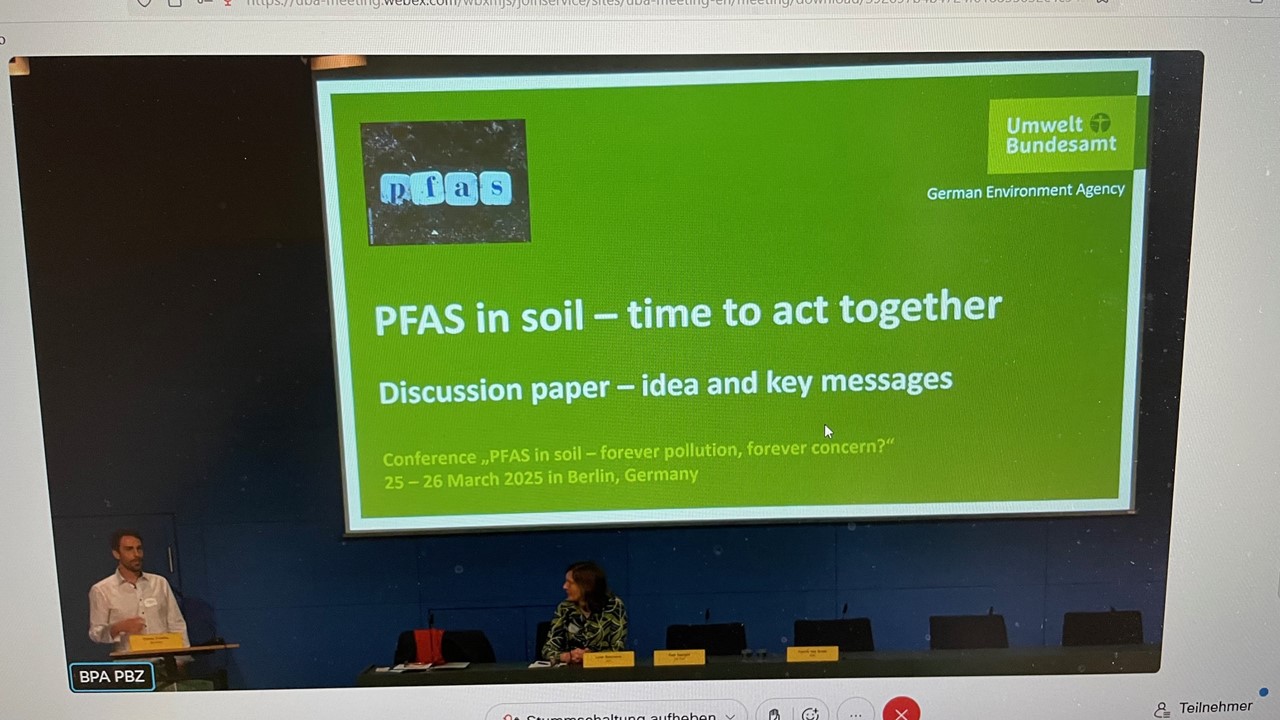
📌Political Challenges and Lobbying Influence
The subsequent discussion made these challenges clear:
• Jutta Paulus, Member of the European Parliament (MEP), explained that some lawmakers in Brussels seem to live in a different reality. "Many lawmakers do not understand that even low PFAS concentrations have an effect." She often argues using scientific evidence and real costs.
• Patrick ten Brink from the European Environmental Bureau (EEB), who has PFAS in his own blood, is frustrated by the ignorance. "People in parliament are wondering: 'Do we need soil monitoring?' Yes, we do!" He compares the current PFAS lobbying to the tactics of the tobacco industry. The EU must take the lead in promoting safer alternatives.
• Paul Speight from ENV.B.2 points out that it will likely be impossible to remediate all contaminated soils. I immediately believe him—just in our region of Middle Baden, remediation was once estimated at five billion euros—completely unrealistic. And it's not just about the costs but also the cascading problems: soil washing, soil replacement, soil disposal—where do we get new soil, etc.? All with huge question marks and equally huge expenses.
• The focus must be on prevention and, consequently, on restrictions (greetings again to the Minister of Economic Affairs in Baden-Württemberg). Leen Bastiaens from the Belgian KIS works to bring together various stakeholders to develop solutions for PFAS-contaminated sites. Prioritization is essential, she agrees.
How Could We Have Failed?
Maybe humans just aren’t built to recognize slow-developing threats, wonders Jutta Paulus. Is evolution working against us? Are we doomed to fail with PFAS despite knowing better? I ask myself the same.
Patrick ten Brink adds that ideological divisions, obstruction, and conflicting interests complicate progress. For scientists, it's straightforward: What is the issue? What are the solutions? What does it cost? But in implementation, things get complicated. Lobbying has often maintained the status quo, leading to economic challenges. To prevent this from happening again with PFAS, we need a "strong, sustainable industry in Europe" and collaboration.
Paul Speight shares a similar view: Alternatives cost the industry a lot of money, so clear political guidelines in the right direction are necessary—"otherwise, the industry will simply stop trying."
Christoph Schulte from UBA sums it up: "How big is the PFAS picture? How complete is the PFAS picture? And what about the solutions to finance the PFAS problem?"
With these open questions, the workshop concluded, leaving me deeply impressed—still with many unanswered questions, but with a faint hope for solutions in the not-too-distant future.

📌 Summary by ChatGPT :)
The UBA workshop once again highlighted: PFAS is a global problem with enormous health and environmental consequences. While some countries focus on transparency, others delay urgently needed measures. The focus must be on prevention, regulation, and a PFAS-free economy—because remediation is hardly feasible.
Schemazeichnung Boden: ©Raminta Gudelyte

